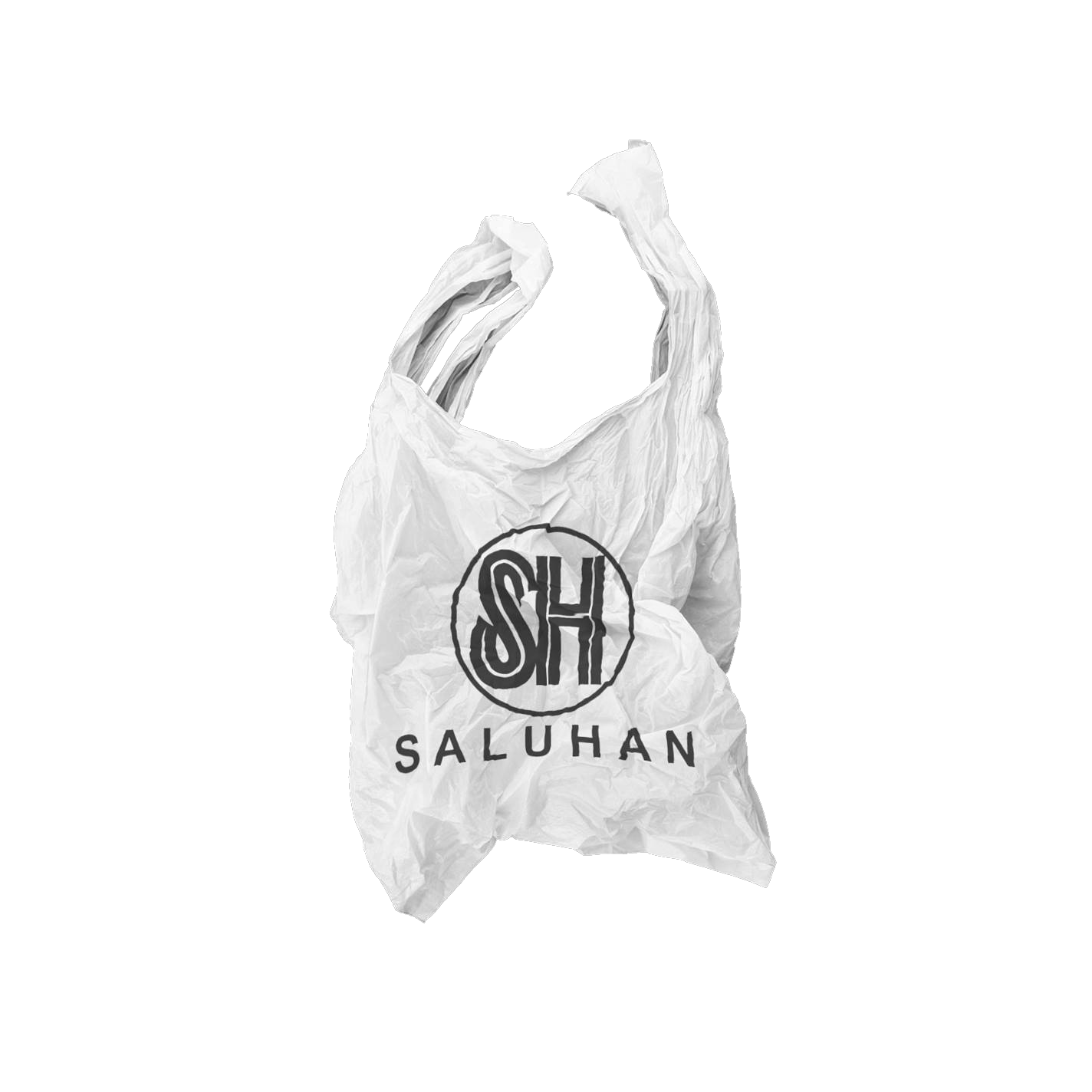Fugitive Archives: otherwise or elsewhere
-
Alfred Marasigan is an artist and educator. He mainly experiments with new media combined with sculpture, performance, installation, and video often via a serendipitous and autoethnographic process. By exploring his fascination with real time, digital anthropology, and various forms of decolonised knowledge production, especially magic realism, he seeks to work towards epistemic dissent.
-
Czar Kristoff J.P. is an artist working across visual art, design, research, publishing, and pedagogy. He is currently interested in methods of navigation and monument-making through the lens of post-colonial Philippines.
Czar Kristoff J.P. is the founder and housekeeper of Pook Aralan UnReLearning, a migratory school interested in queering the art, culture, and knowledge production in the Philippines.
-
Gary Lee is a Larrakia artist, curator, anthropologist and writer. His visual arts practice includes photography, illustration, fashion design and design although he primarily works as a photographer. His photography focuses on male portraiture largely through a street photography methodology which he began in the early 1990s in South Asia with his series Nice Coloured Boys, which celebrates the beauty and diversity of coloured men.
-
Lesley-Anne Cao explores the interplay of materiality, language, and artmaking. She works with self-produced and found objects, images, and text — often involving collaborators in different fields, alongside mutable materials, machines, and environmental elements — to explore alternative narratives departing from the familiar.
She has held solo exhibitions The hand, the secretary, a landscape at the Cultural Center of the Philippines, 2018 and A song plays from another room at MO_Space Gallery, 2021, among others. She has been granted artist residencies at Gasworks, London (2023) and HART Haus, Hong Kong (2024). Her work is currently presented in Moments of Delay, curated by Arianna Mercado and James Tana at the Museum of Contemporary Art and Design, Manila, 2025.
-
Nice Buenaventura is a visual artist from Manila. Her methods revolve around the offloading of tensions, often between ethics and aesthetics, through drawing, painting, installation, new media and citizen-ethnography. This offloading extends to her project called Tropikalye, an online co-learning resource on vernacular culture in tropical and postcolonial Philippines. Varied modes of productivity allow her work to become generative expressions of concern, tracing links between seemingly disparate issues using the logics of the archipelago.
-
Pio Abad is concerned with the personal and political entanglements of objects through his artistic practice. His wide-ranging body of work, encompassing drawing, painting, textiles, installation and text, mines alternative or repressed historical events and offers counternarratives that draw out threads of complicity between incidents, ideologies and people. Deeply informed by unfolding events in the Philippines, where Abad was born and raised, his art emanates from a family narrative woven into the nation’s story. Abad’s parents were at the forefront of the anti-dictatorship struggle in the Philippines during the 1970’s and 80’s and it is the need to remember this history that has shaped the foundations of his work.
-
Stephanie Misa graduated from the Academy of Fine Arts Vienna in 2012 in Performative Arts & Sculpture with Prof. Monica Bonvicini. She has a masters from the Interactive Telecommunications Program, Tisch School of the Arts, New York University. She is currently a lecturer at the University of Applied Arts Vienna (Artistic Strategies).
Her work consistently displays an interest in complex and diverse histories, relating to these topics through her video work, sculpture, installations, prints, and through her writing. Her current artistic research looks at the persistence of languages relegated to its oral form, and the activation of this “orality” outside the usual educational modes of instruction— its evolution, cannibalism, appropriation of terms, and creative becomings.
-
Stephanie Syjuco works in photography, sculpture, and installation, moving from handmade and craft-inspired mediums to digital editing and archive excavations. Recently, she has focused on how photography and image-based processes are implicated in the construction of exclusionary narratives of history and citizenship. She is the recipient of a Guggenheim Fellowship and is in the collection of The Museum of Modern Art, the Metropolitan Museum in New York, The Getty Museum, and the San Francisco Museum of Modern Art, among others. She is an Associate Professor at the University of California, Berkeley, and resides in Oakland, California.
Fugitive Archives is a curatorial project that critically examines the role of artist-led, community-based, and independent archives as transformative tools for collective organising and knowledge production.
Curated by MJ Flamiano and Catherine Ortega-Sandow, otherwise or elsewhere unfolds through eight distinct artist projects in dialogue with the Pagbasa Archive Reading Room. Here, the fraught, the imaginary, the inaccurate, the goofy, the hidden, the desired, the forgotten, the livid, the horny, the detached, and the nostalgic emerge as fragments within each artist’s practice—drawing out the complex and ambivalent relationship between the artist and the archive.
Exhibited at MADA Gallery (30 July - 16 August 2025) as part of the Curator-in-Residence program.
Supported by: Monash University Art, Design and Architecture School.
This project has been assisted by the Australian Government through Creative Australia, its principal arts investment and advisory body.
Photography: Christian Capurro (exhibition documentation) and Thomas McCammon (opening event).



















































